The Luck of the Irish
- akhilapamula
- Aug 19
- 7 min read
Updated: Oct 22
While reading some travel magazines on our 11-hour plane ride back home from Ireland, I stumbled across a quote that perfectly captured my thoughts: “Ireland, it’s the one place on earth that heaven has kissed with melody, mirth, and meadow and mist.” Everyone I’ve known who has visited has always raved about its beauty, and after this trip, I totally get the hype!
This trip has been in the making for the last five years. We had been planning to visit with our close friends: Lisa, Rob, and their son (our oldest godson), so he could experience some of his heritage first-hand. Now that he’s in elementary school, summer was the most logical time to go. Sure, traveling to Europe in the summer means more crowds, but it’s worth it in Ireland because it gives you the best chance of good weather.
Regardless of when you go, you’re probably going to experience all four seasons in one day: sun, rain, wind, fog—it’s all par for the course. For this reason, it’s imperative to pack layers because you never know what you’re going to get. Case in point: we flew in on one of the hottest recorded days in Dublin, a sultry 90 degrees. The very next morning? Yep, you guessed it—rain!
When planning this trip, Rob and I wanted to truly experience the diversity of Ireland. Neal really wanted to go to Northern Ireland as well, but we happened to be going when The Open Championship was going on in Belfast. As a result, I couldn’t find a hotel or Airbnb with any availability for the life of me! Lisa had only asked for two things: to stay at a castle and a manor. So, we decided to focus on the western coast of Ireland, which is truly spectacular.
The coastline is complete with rugged peaks, craggy cliffs, and an incredibly lush landscape. We also got to experience the warmth that is true Irish hospitality.
Our Enchanting Stay at Ard Na Sidhe Country House
Our first home base was the Ard Na Sidhe Country House. Located a little over four hours away from Dublin in County Kerry, this hidden gem is nestled off a small country road by Caragh Lake, a protected preserve off of Killarney National Park. Its stunning landscape attracted many wealthy Irish to build country manors in the 19th century, including Lady Edith Gordon, who built her dream house on its shores.
Ard Na Sidhe, which translates to “Hill of Fairies” in Gaelic, was built in 1913 in an Elizabethan style that truly lives up to its name. The interior design was impeccable; think grandma chic, but if your grandma was royalty! Rich woods, warm colors, mixed textures, and antique pieces were layered artfully and thoughtfully. It felt luxe yet approachable, grand yet homey. The most impressive thing, however, was the gardens. The 32 acres of flowers and greenery still take my breath away when I think about it. Words simply do not do it justice.
The main house has 18 beautiful guest rooms, each accessed with an ornate old-school key. We stayed in a Superior room, which had a four-poster bed, a large chaise, and a generous en-suite bathroom. I loved the mix of antique and contemporary pieces. The best part of the room, however, was the view of the garden and Caragh Lake. We would just pop open one of many windows and feel the fresh Irish breeze blow away any tension or stress.
The restaurant was also delicious! Breakfast was hearty enough to fuel you for a full day of exploring. Dinners featured seasonal and local produce, and the menu changed every night. The property’s farm was prominently featured, serving its own beef and lamb along with the best seafood from the nearby coast. The two common spaces—the library and the lounge—felt like a warm hug. The furniture was regal yet comfortable, and we spent many nights having after-dinner drinks in front of the fire after the boys went to bed upstairs.
Exploring the Dingle Peninsula
The country house was the perfect place to call home while we explored the Dingle Peninsula, or Corca Dhuibhne. The peninsula itself was formed by sandstone rock from the Slieve Mish mountain range at the neck of the peninsula and the Brandon group of mountains to the west. The coastline is nothing short of dramatic, with steep cliffs and dramatic headlands broken up by sandy beaches.
What’s also unique is that you see remnants of Ireland’s medieval history; the little stone igloos that dot the landscape were actually the hideaways of monks who fled the mainland during the Dark Ages. The town of Dingle is incredibly charming, with buildings painted in bright blues and pastels. I also had the best fish and chips I’ve ever had here!
I will say, the weather there can be brutal. While most of the day was dry, there were times we were met with sideways rain and blustering gusts of wind. I always wondered about the sheep and cows that roamed the rolling hills of the peninsula—how they survived such unpredictable and sometimes punishing elements. But I’ll tell you, if the saying that good cheese and butter comes from happy cows is true, they must love it! The butter that came with my morning toast was probably the best butter I have ever had in my life.
Discovering the Wonders of Connemara
We then headed farther north to spend time in Connemara. In County Galway, the landscape becomes more rugged and boggy, with numerous coves and bays. What struck me first was how the trees became bigger, and the rolling hills gave way to tall, craggy peaks. The area is home to Kylemore Abbey and small towns that truly preserve Gaelic heritage.
It is an outdoorsman’s dream and, to be honest, a little boy’s paradise; who wouldn’t want to run around the many trails here? Our home base here was Ballynahinch Castle. Surrounded by 700 acres of woodland with the 12 Bens Mountain Range in its backyard, we couldn’t ask for a more beautiful place to call home for a few days.
The story behind Ballynahinch itself is super fascinating. It has been passed down or taken by families (and royals) in a game of chess for power. It was restored back to magnificence by the Berridge family in the late 1800s and passed on to its penultimate owner, whose presence you truly feel and see everywhere: His Highness the Maharaja Jam Sahib of Nawanger, lovingly known as Ranji. He was a world-class cricketer who fell in love with the landscape, spending his summers in his slice of Connemara.
I just found it so fascinating that, in that time, a person of color owned a castle in Europe. What’s even more astounding is that this brown man was so beloved by the locals. I remember walking into one of the two restaurants on the property, the Fisherman’s Pub, and being so confused as to why a maharaja’s portrait and other Indian art were displayed so prominently.
There are 48 rooms and suites, all of which are generously sized. Our room even had a small patio that overlooked the river. Like the country house, the furniture was a mix of antique and contemporary pieces that just worked. The different shades of green, from the wallpaper to the throw pillows, married perfectly with the rich mahogany wood furniture and eclectic art pieces.
The common spaces were also a feast for the eyes. The layering of textures—jewel-toned Persian rugs overlying the green plaid carpet and honey wood floors, velvet cushions on well-worn leather couches, regal armchairs with fluffy throws—made it feel sumptuous and cozy. Every space—the library, the restaurant, the pub, the lounge—had its own character and flowed seamlessly into the next.
The food was also delicious. Fisherman’s Pub had one of the most flavorful mussel dishes I’ve ever had, with green curry adding a fun twist to a local ingredient. The space was reminiscent of a hunting lodge, and the drinks continued to flow when we would have nightcaps after putting the boys to bed. One night, Neal and Rob did an Irish whiskey tasting that was spectacular.
Owenmore Restaurant, where breakfast was served every morning, transformed into a moody candlelit dining space for dinner. It had large windows that offered a panoramic view of the river below. A coursed dinner showcased local ingredients, including produce from the property’s expansive walled garden. Local seafood and game are the stars, with menus changing frequently.
A Whirlwind Finish in Dublin
After a stop in Galway for lunch, we ended our stay in Ireland with a few days in Dublin. For being a capital city, it is extremely walkable and manageable in terms of size. We wandered around the beautiful campus of Trinity College, got lost in St. Stephen's Green, strolled through the pedestrian shopping alleys, and did an obligatory jaunt through Temple Bar.
Probably my favorite activity, however, was the Guinness Storehouse tour. Yes, it’s very touristy, but it’s so worth it.
Our home base in Dublin was the Alex Hotel. Just a stone’s throw from Trinity College, it is everything you could ask for in a city hotel: clean, modern, with AC, and a central location without being too busy. We stayed in the Alex Suite, which at over 400 square feet, had a good-sized living area on top of a generous separate bedroom. The furnishings were sleek and contemporary, and the bed was one I could melt into for a 12-hour nap, making it the perfect respite in the middle of the city. What made it even better was that a local pub, the Ginger Man, was literally across the street.
Finishing thoughts
This trip involved a lot of driving, and I wish we had an extra day or two just to really enjoy the beautiful hotels we stayed at. On that note, because there’s a lot of driving involved, it’s worth sitting down and planning out stops on a map. Jai naps in the afternoons, so we started with shorter drives with stops for second breakfast and lunch and ideally planned the long drive back to home base during nap time.
I also want to make a note about Irish hospitality: everywhere we went, we felt like family. Our kids, who had their good and bad days, were treated like their own and accommodated. I cannot wait to go back with Jai when he is older.
As the Irish saying goes, "May the road rise up to meet you, may the wind be always at your back, may the sun shine warm upon your face, and the rains fall soft upon your fields. And until we meet again, may God hold you in the hollow of his hand.”












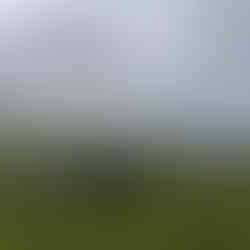


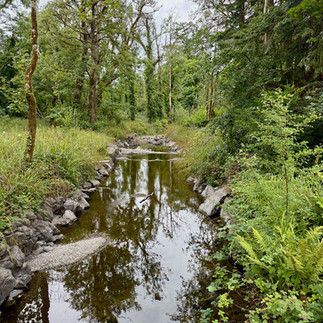

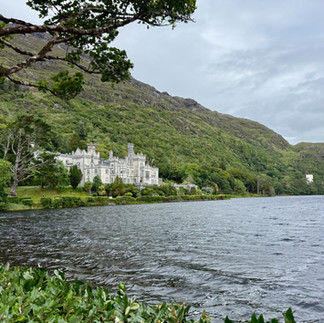
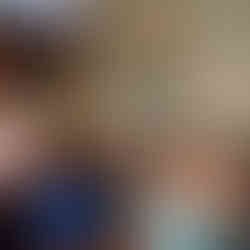

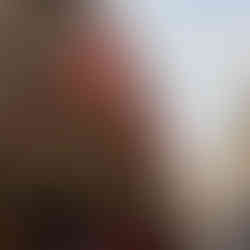











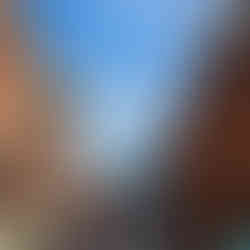


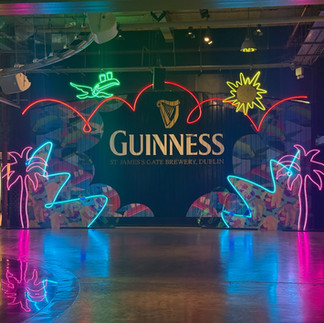





Comments